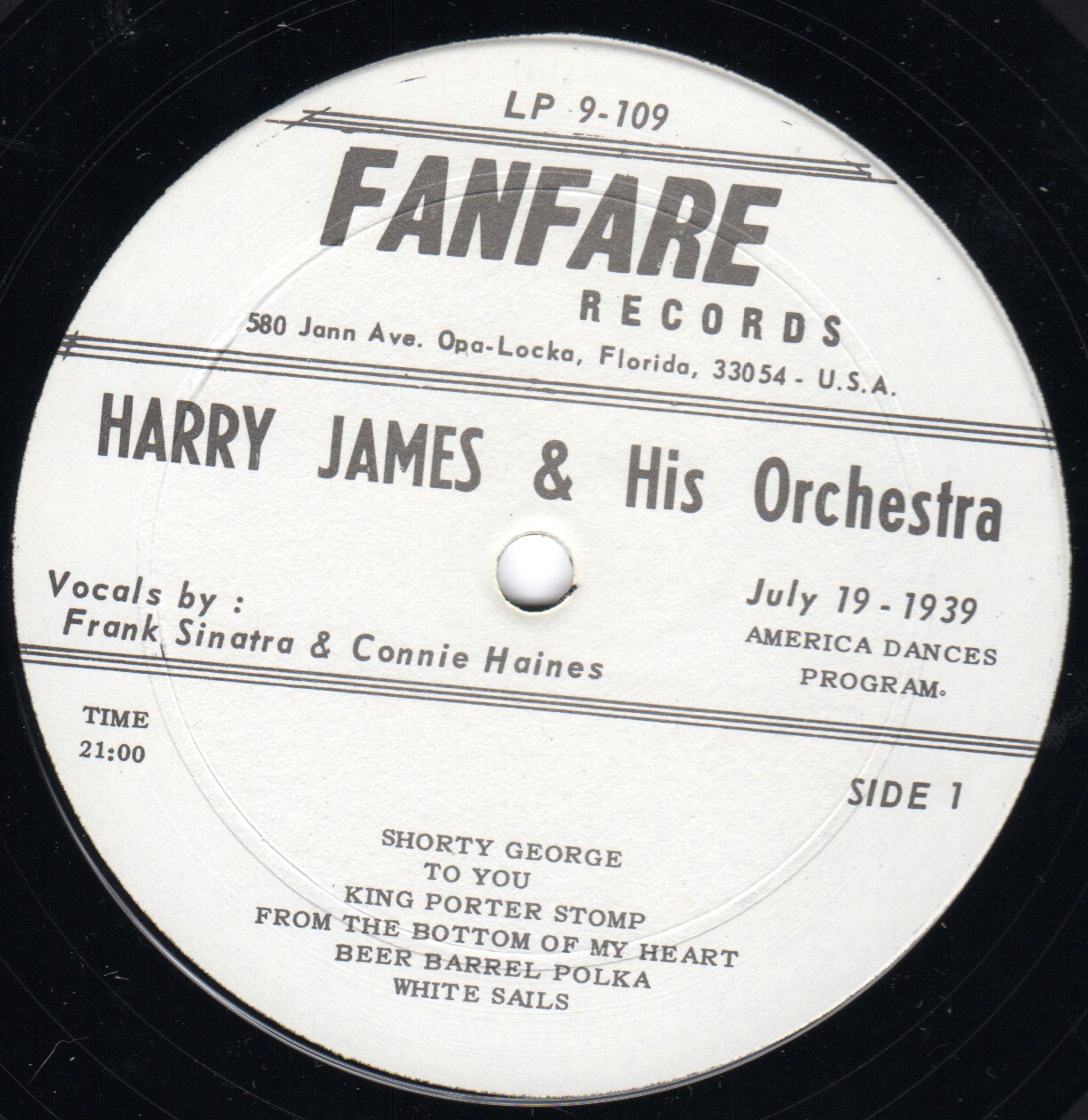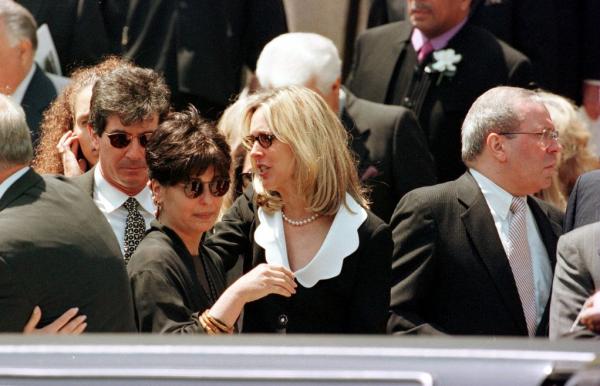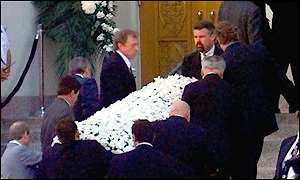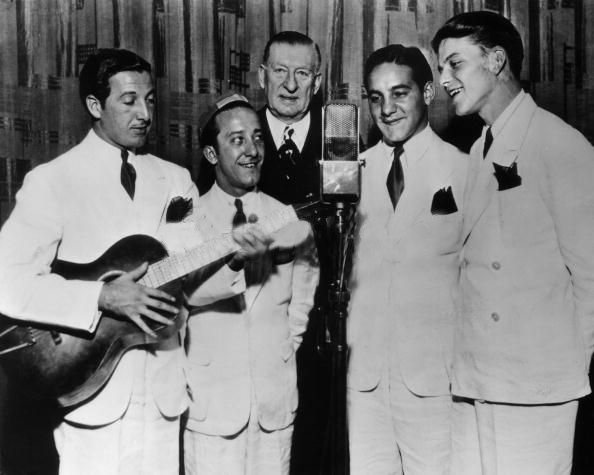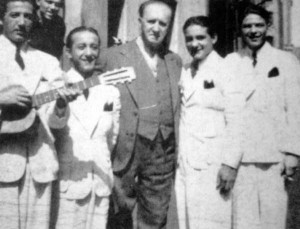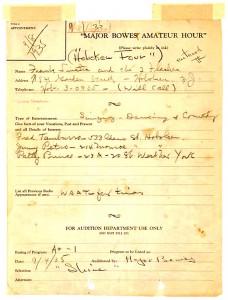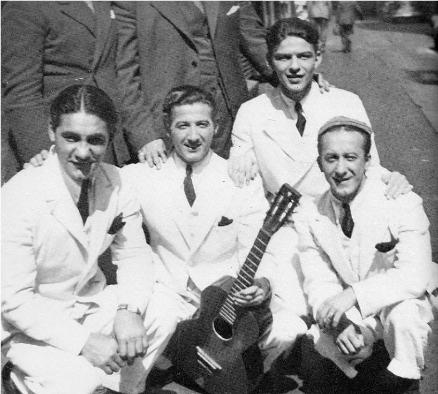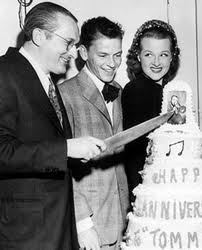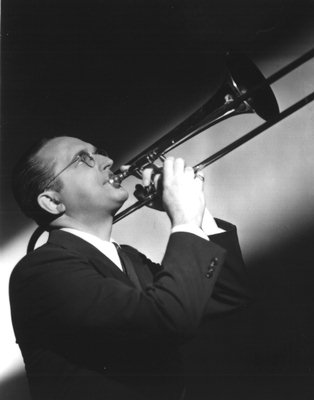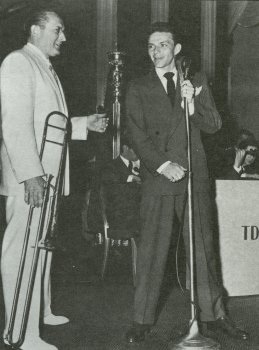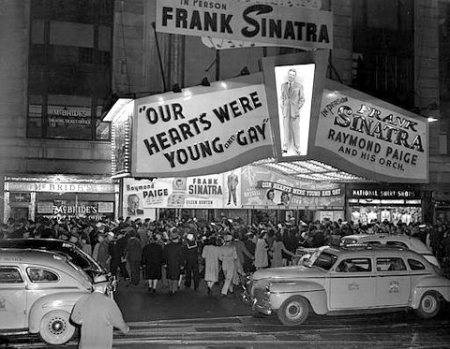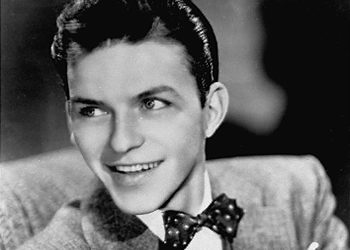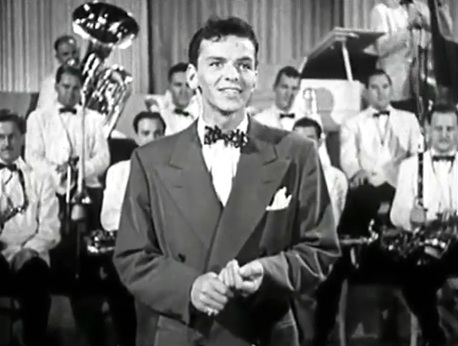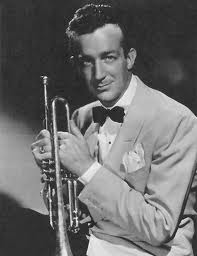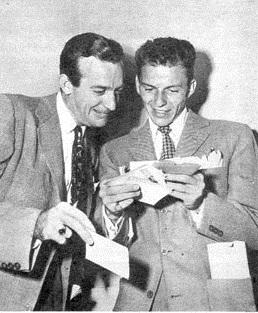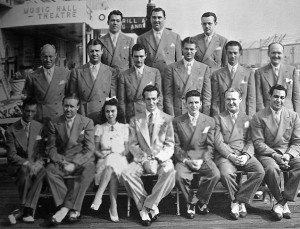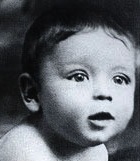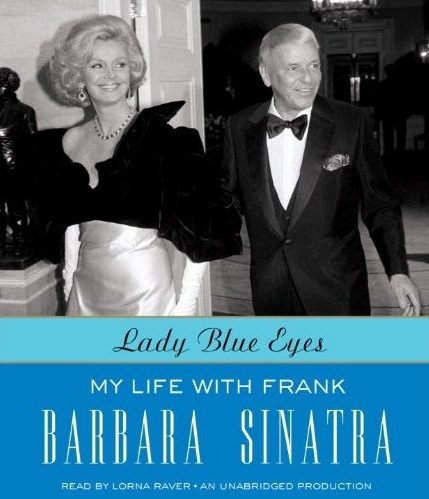Comments of Frank Sinatra Fans
I remember when Frank died I was in the drive thru at a coffee shop and it came
over the car radio.That was before most people had cell phones,I drove right
home and my phone rang right away confirming the news.A sad day indeed.I
remember thinking,the world has changed now in some way for better or worse,but
it will never be the same.
Danny Tintindo
Frank not a day goes on whn i dont feel ur presence… sometimes like a friend sometimes like a father… i miss you…I know you are somewhere , drinking your jack daniels… cheers frank.. you are still best and u ll be forever. rest in peace because flame is burning !!!
Oner Gulumser
Frank is a CREATIVE music MAKER. A musical sound from FRANK is a HEALING Balm.
Sebastian Casmir
Frank wasn’t any voice, he was THE Voice! He had Style, charm and he gave alot of love to his listeners, There never was, and will be anybody like Frank. And when u listen to his music, it doesn’t seems that hes gone, Proof That Legends never die. R.I.P Ol’ Blue eyes.
Sami Batescoff
The Chairman of the Board means a lot to me as I was raised on big band music by my Dad and naturally, Frank Sinatra was front and centre. From his early days with Tommy Dorsey to his breakout show at the Paramount, to the Rat Pack days in Vegas at the Sands and to the end of his career, Frank Sinatra is The Voice and someone that many try to copy. Good Luck with that. He will always be the Chairman of the Board and an entertainer who will be looked up to for generations to come.
Mike Beard
He certainly was the CHAIRMAN OF THE BOARD/love his singing
Angelina Mandara Morgan
JUST THE BEST,THE VERY BEST, EVER……
Carol Soltys
Francis Albert lives on forever 100 years from now he will still set the standard generation after generation have discovered and loved him in the past and will continue to do so in the future when we are long gone from the earth old blue eyes will sing on and on and on.
David Farber
I am a 3rd generation Frank Sinatra enthusiast and I listen to his songs nearly every day . May 14, 1998 was truly the day “The Man and His Music Died” but his songs, movies, and love for family and friends will never die. We will be listening to his incredible vocal stylings for many years to come. My prayers are and will always be with his family and fans.
Rick Ventura
Frank was a great entertainer and talent. I have read many books about his life and know that he lived a life of high drama but was generous and helped many people. My husband does a great Sinatra tribute show in the Palm Springs area and is keeping the music alive.
Lois Amos

